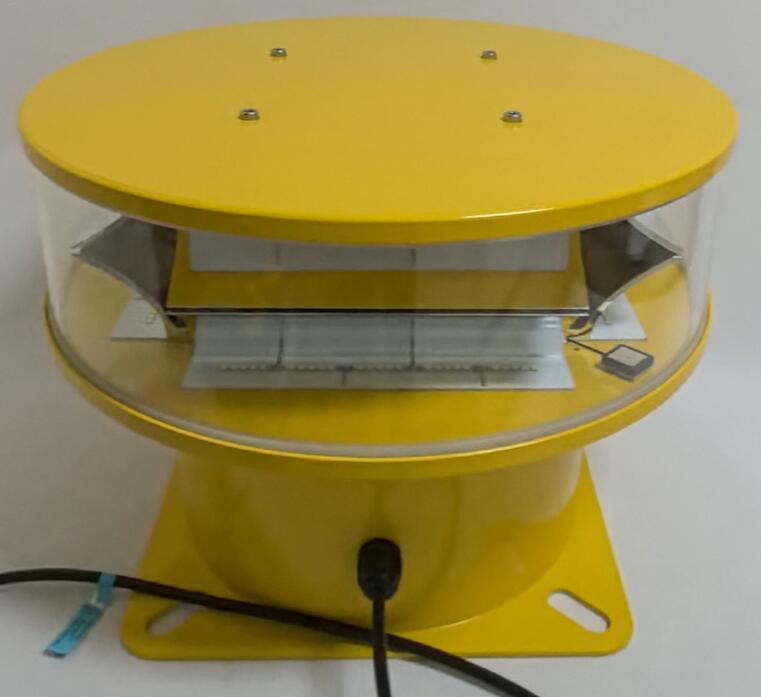The HS Code for aircraft warning light is an essential classification used in international trade to standardize the identification and taxation of these critical aviation safety devices. Aircraft warning lights are crucial for ensuring the visibility of tall structures such as towers, wind turbines, and skyscrapers to prevent collisions with low-flying aircraft.
This article explores the HS Code for aircraft warning light, its significance, classification structure, and related regulatory considerations. Whether you are an importer, exporter, or aviation safety professional, understanding this HS Code is vital for compliance and smooth logistics operations.

What Is an HS Code?
The Harmonized System (HS) Code is a standardized numerical classification system developed by the World Customs Organization (WCO). It is used globally to categorize traded products for customs and taxation purposes. Each product is assigned a unique six-digit code, with some countries extending it further for additional specificity.
HS Code for Aircraft Warning Light: Classification Breakdown
The HS Code for aircraft warning light typically falls under the broader category of electrical signaling equipment. The exact classification may vary slightly depending on the country, but the general structure is as follows:
8530.80.00 – Electric visual signaling equipment (e.g., lights, alarms)
This subheading often includes aircraft warning lights designed for aviation safety.
Understanding HS Code for Aircraft Warning Light
|
Some countries may classify these lights under:
9405.40.00 – Other electric lamps and lighting fittings (if not specifically listed under signaling devices)
Why the Correct HS Code Matters
Using the correct HS Code for aircraft warning light ensures:
Accurate Customs Clearance – Misclassification can lead to delays, penalties, or seizure of goods.
Proper Duty Assessment – Different HS Codes may attract varying tariff rates.
Regulatory Compliance – Aviation safety equipment often requires adherence to strict standards (e.g., FAA, ICAO, or EASA regulations).
HS Code for Aircraft Warning Light
|
Key Features of Aircraft Warning Lights Under HS Code 8530.80.00
Aircraft warning lights must meet specific technical and safety standards. Common types include:
Low-Intensity Lights – Used for structures below a certain height.
Medium-Intensity Lights – For taller structures, often flashing red or white.
High-Intensity Lights – For very tall obstructions, visible from long distances.
These lights must comply with:
ICAO Annex 14 – International standards for aerodrome and obstruction lighting.
FAA AC 70/7460-1L – U.S. guidelines for obstruction marking and lighting.
EN 61820 (Europe) – Standards for aviation ground lighting systems.
Import and Export Considerations
When trading aircraft warning lights, businesses should:
Verify the HS Code with Local Customs – Some countries have additional subcategories.
Check Certification Requirements – Ensure products meet destination country regulations.
Documentation – Include technical specifications, test reports, and compliance certificates.
The HS Code for aircraft warning light plays a pivotal role in global trade, ensuring proper classification, taxation, and regulatory adherence. By correctly identifying the HS Code (typically 8530.80.00), businesses can streamline customs processes and avoid unnecessary complications.
For manufacturers, importers, and exporters, staying updated on HS Code revisions and aviation safety standards is crucial for maintaining compliance and facilitating smooth international transactions. Always consult with customs authorities or trade experts to confirm the correct classification for your specific product.
Understanding the HS Code for aircraft warning light not only aids in logistics but also contributes to global aviation safety by ensuring these critical devices are properly regulated and distributed.

